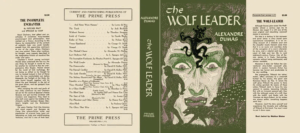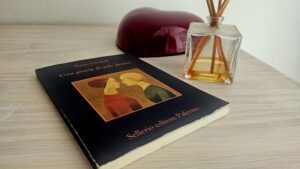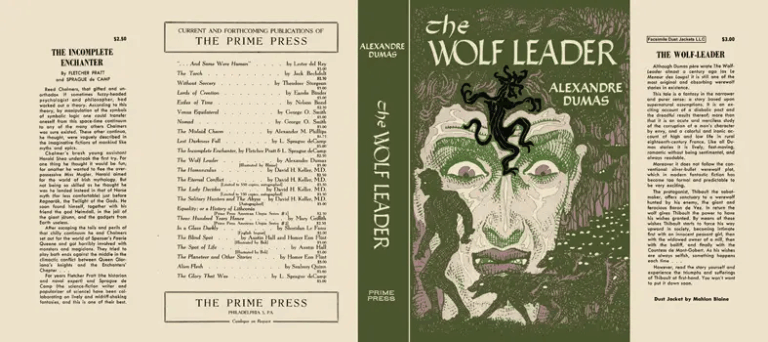 E alla fine avevo ragione.
E alla fine avevo ragione.
Non che la cosa mi dispiaccia, intendiamoci, ma ogni tanto qualche piacevole sorpresa farebbe, appunto, piacere. E invece Cloverfield è stato più o meno quello che mi aspettavo. E non mi aspettavo gran che.
Esattamente come mi aspettavo, la tecnica della ripresa con camera a mano mette letteralmente il mal di mare. Non quanto The Blair Witch Project, d’accordo, e bisogna ammettere che una certa perizia e cura in più è a tratti evidente. Bisogna anche ammettere che la seconda parte è nettamente superiore alla prima, ma a questo potrebbe anche concorrere il fatto che nel secondo tempo mi sono spostata in fondo alla sala.
Ma non è nemmeno questo il vero problema: il problema principale è da un lato una grossa mancanza nella struttura ancor più che nella sceneggiatura e dall’altro un’ingenuità che francamente non mi aspettavo. Se infatti Cloverfield sarebbe stato un eccellente cortometraggio, il tentativo di trarne un’ora e mezza di pellicola rende il film decisamente sbilanciato tra l’inutile ed estenuante parte iniziale, decisamente esagerata per il suo scopo di presentare e approfondire le relazioni tra personaggi che comunque ne risultano scarsamente delineati, una parte centrale con elevato potenziale e una serie di finali messi in successione come il Peter Jackson dei tempi peggiori. L’espediente della registrazione su nastro precedente è ottimo e anche il personaggio cui viene affidata la documentazione, che si attacca al suo compito, è abbozzato abbastanza bene. Gli effetti dell’attacco iniziale (“iniziale” per modo di dire, dato che avviene a quasi metà del primo tempo) sono davvero ben fatti e il film si regge bene fino ad un certo punto, ma che bisogno c’era, mi domando e dico, di mostrare per intero la bestiaccia? Siamo nel XXI secolo, dio santo, Lovecraft e Poe non vi hanno insegnato niente? Non importa quanto si sia bravi nell’ideazione o maestri nella resa visiva: ciò che non si vede o si intravede appena sarà sempre più inquietante e terrificante di ciò che si può vedere. E le bestiole? Indipendentemente dal fatto che non è affatto chiaro il rapporto tra bestione e bestiole, che bisogno c’era delle bestiole? Si salvano solo per via del fattore contagio, ma comunque che bisogno c’era di farle così e così visibili?
Un peccato in sostanza che un’idea positiva ed un budget adeguato, che tra le altre cose ha consentito anche ottimi effetti sugli edifici e una campagna mediatica a tutto tondo, siano state buttate in vacca per amor del rettilone.
Stavo meglio senza.







8 Comments
impbianco
Posted at 15:08h, 11 FebruaryLe bestiacce sarebbero sorta di parassiti del mostro,tipo i pidocchi per noi…io ancora non ho visto il film…quindi non posso giudicare!
X-Bye
Shelidon
Posted at 15:43h, 11 FebruarySì, io l’ho capito ma nel film non è chiaro per niente.
Damiani
Posted at 18:43h, 11 FebruaryQuando mai J.J. Abrams è stato chiaro?
è riuscito a incasinare pure una serie apparentemente banale come Felicity…
e il cliffanger finale della 2a stagione di LOST ancora mi fa venire i brividi…
HowlingWolf
Posted at 09:18h, 12 FebruaryA quanto pare la cosa migliore di Cloverfield è stata la Top Ten che Letterman ci ha fatto sopra…
Shelidon
Posted at 10:05h, 12 February@ Damiani: ti fa venire i brividi solo il cliffhanger?
@ Lupo: non so di che cosa tu stia parlando (sei tu l’esperto di top ten), me la recuperi? Com’era?
HowlingWolf
Posted at 09:26h, 13 FebruaryAllora, comincio dandoti il link al sito del Lateshow (c’è da divertirsi!), che è
http://www.cbs.com/latenight/lateshow
Poi, la top ten:
http://www.cbs.com/latenight/lateshow/top_ten/index/php/20080118.phtml
Se vuoi vederla (più divertente), c’è il pulsantino con la telecamera in alto a destra.
Shelidon
Posted at 10:54h, 13 FebruaryGrazie!
La mia preferita è decisamente la terza: “Monster’s main tactic is to refuse to negotiate with the Writers Guild”.
Pingback:Shelidon › Non poteva non essere bella
Posted at 08:29h, 15 December[…] di pietra o il modo in cui è stata gestita la scena dei troll. Qualcuno potrà non gradire l’effetto Cloverfield sul drago. Qualcuno potrà non gradire l’invenzione dell’orco albino. A loro posso solo […]